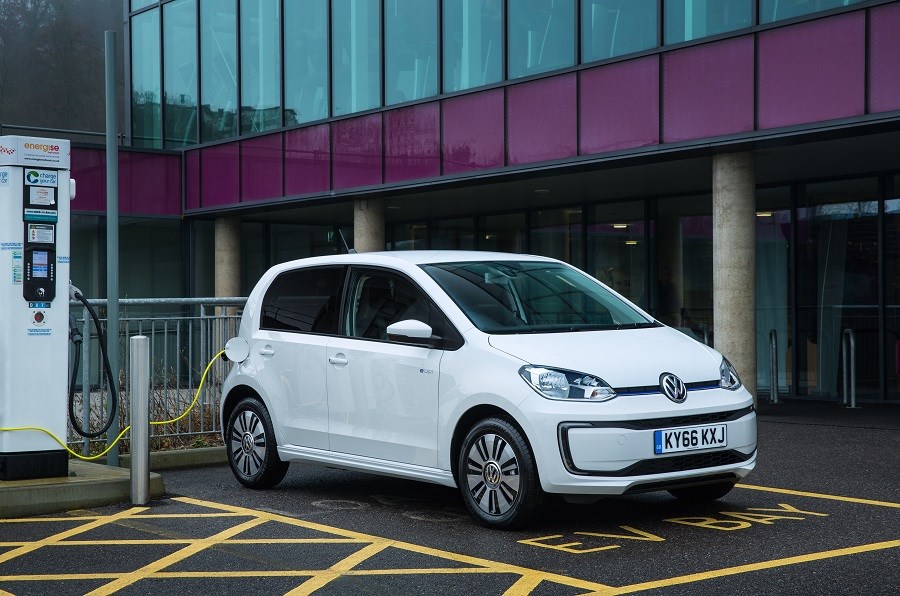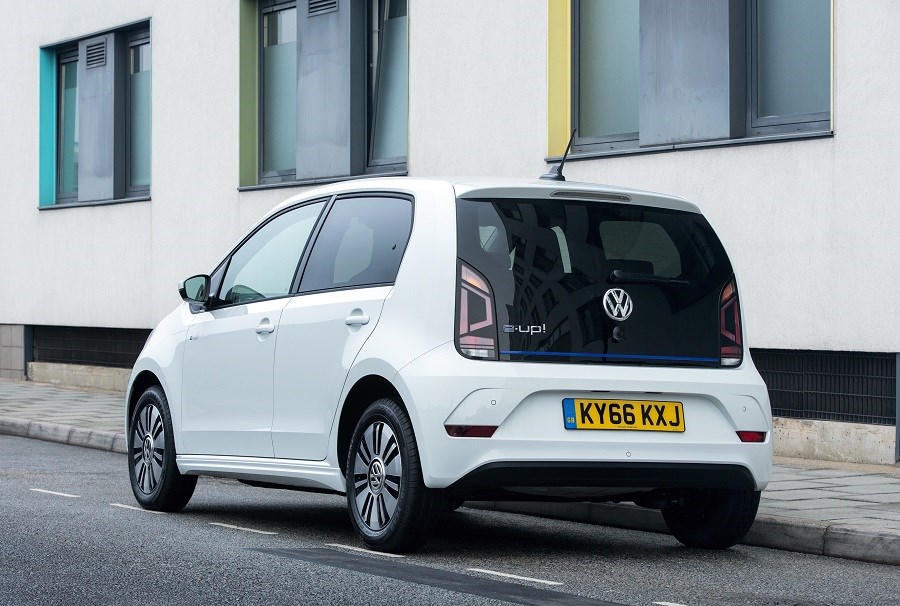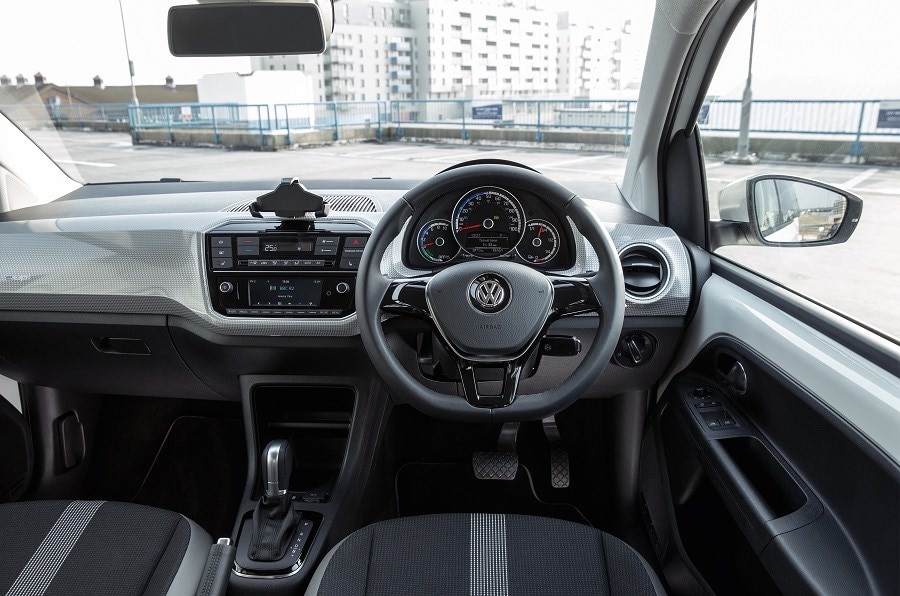Latest Model
Aside from it receiving a light facelift along with the standard Up! in 2016, the e-Up! has seen very little development since launch.
The only differentiators between pre and post-facelift versions are a lightly re-designed rear bumper and front lights, plus some additional colours to choose from.
As of March 2019, the e-Up! had been temporarily removed from sales, with long waiting times being given as the reason for the postponement of orders.
Value for money
The e-Up! is pricey for what it is, and for most people, justifying the purchase of the electric version over its petrol counterpart is incredibly difficult—particularly on the new market. Even with the government’s electric car grant, you are looking at spending almost double what you would for a base petrol engine. It does come with plenty of kit for the money, including parking sensors, cruise control, satellite navigation and heated seats.
Despite experts predicting that the e-Up! would hold onto its value terribly, it has actually depreciated nowhere near as badly as predicted. We saw a 2014 example for sale with 6,000 miles on the clock for £12,995, which is still at least £5,000 more than you would be paying for a top-of-the-range petrol-engined Up!.
Initial depreciation will hit hard, though, as one-year-old examples can be found with £5,000 shaved off the initial asking price—or nearly £10,000 if you include the electric car grant.
Due to the fact that it has sold relatively slowly, there are only a few available on the used market, which does make it quite difficult to gauge values on.
Looks and image
The standard Up! is a funky looking city car anyway, and the slight adjustments made to its styling for the e-Up! only make it look better. Of the changes, the most notable is the LED daytime running lights that outline the grille. The interior is also pleasant, with a user-friendly layout. However, it is barely altered over the regular Up!, which does make the high list price quite hard to swallow.
Some of the charm of the Up! has also been lost thanks to the increased weight from the batteries. A hefty 200kg has been added, which is a lot of extra weight on a car of this size. Despite this, the e-Up! remains fairly nimble in corners and feels fast enough for you not to notice the extra ballast most of the time. It’s also a lot more enjoyable to drive than other EVs such as the Renault Zoe.
The main difference that drivers of the petrol Up! will notice when switching to the electric version is the regenerative braking system, which charges the car’s batteries when slowing down by applying the brakes as soon as you lift off the throttle. While it does sound a little bit complex, it is easy to get used to, and you ultimately discover a smoother driving experience, since you have to physically brake less.
The lack of background drone also means that the e-Up! is nearly silent to drive; the only sound you hear is the background wind and road noise. The engineers have done a good job of insulating the cabin from it, though.


